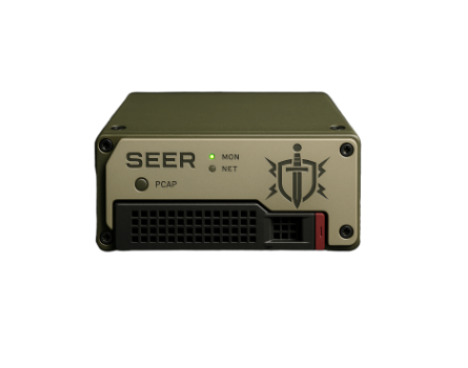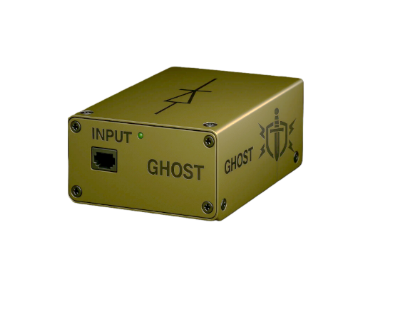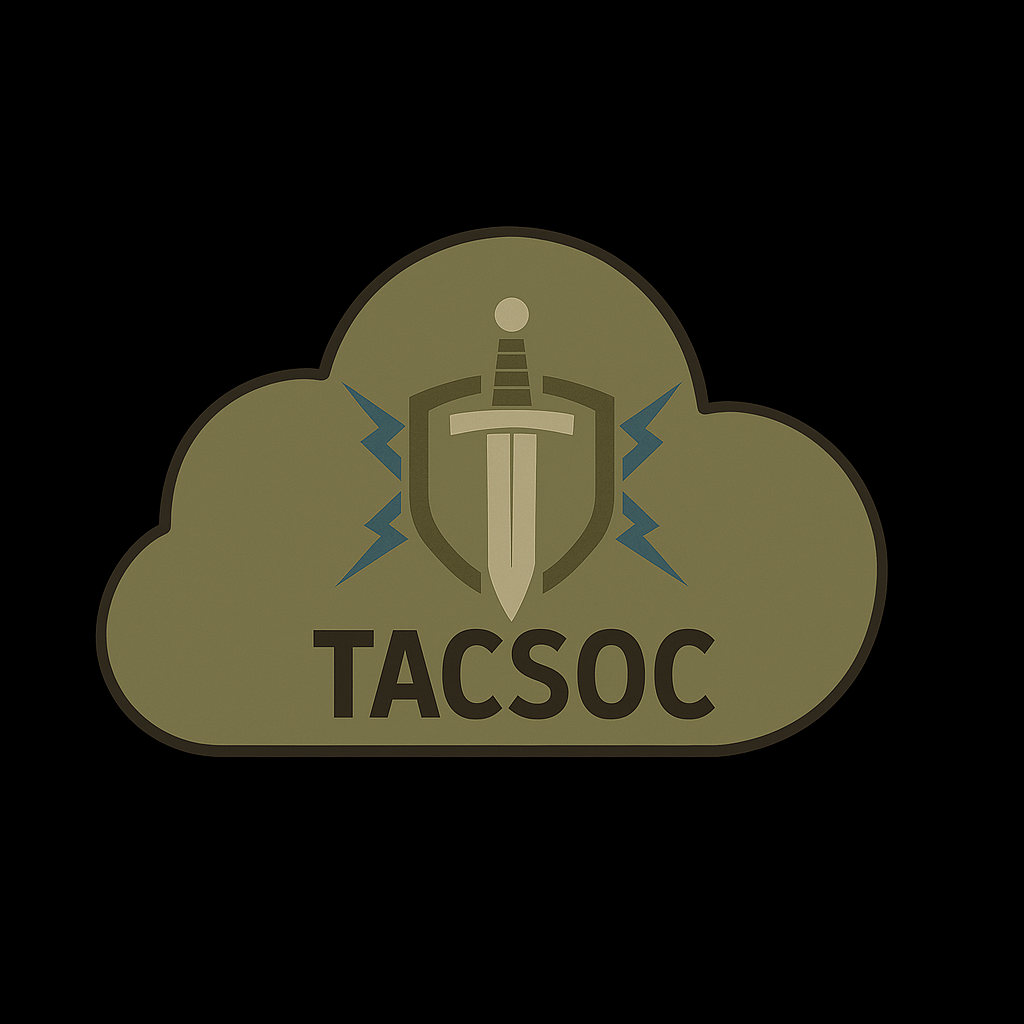Mission Impact: Bridges OT and the TacSOC cloud — ensuring telemetry consistency, compression, and deduplication, and hosting forensic staging where analysts remotely access SEER PCAPs and host images without breaching the one-way boundary.
Technical Specs: - Performance: 10k–50k events/sec normalization, < 1 s latency to SIEM
- Daily volume: 5–20 GB/site post-compression
- Functions: Ingest, normalize, deduplicate, compress, forward to SIEM
- Forensic access: Mounts SEER hot-swap drives and host images for SOC-side analysis
- Integrity: Hashing, timestamping, chain-of-custody metadata per artifact
- Protocols: Syslog, HTTPS, UDP forwarding
- Compliance: IEC 62443, NERC CIP-007 & CIP-010, NIST SP 800-82, MITRE ATT&CK for ICS
Design Philosophy: Trust, but verify — then fortify. RAMPART exists to transform raw telemetry into trusted intelligence without ever compromising source integrity. It is a digital stronghold where data is cleansed, normalized, and secured before entering the analytical domain.
Designed as both a landing zone and a forensic bastion, RAMPART allows analysts remote access to packet captures and disk images without violating unidirectional flow. It bridges worlds — OT safety and IT insight — through disciplined engineering and immutable auditability.
Normalize, preserve, and defend — the wall that watches both ways.









